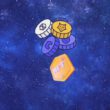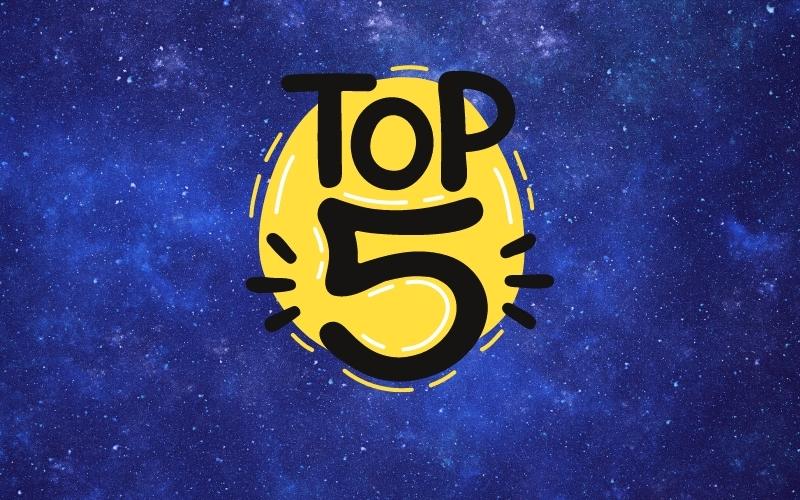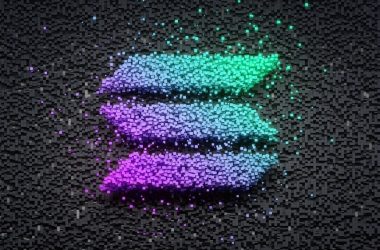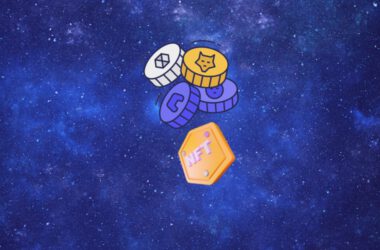- P2E games are trying different approaches to tap value.
- The original model broke down after a few months, especially after the crypto bear market.
- Web3 games and play-and-earn are the new model offering a mix of high-quality games and ownership.
Play-to-earn games had their peak in 2021, riding on the wave of the crypto bull market. However, not all projects remained successful, and many faced challenges as the prices of crypto assets started sliding.
But the idea of the tokenized game took off, and was transformed in multiple ways. Here are the top 5 games that use blockchain technology, with their pros and cons.
Classic P2E
The first play-to-earn games relied on a simple equation. Game activities created a new token, which could then be sold on exchanges. Those games drew in thousands of players with the promise of virtually free crypto.
Pros: Those games were seen as giving crypto assets a new use case. Tokens were quickly adopted and listed on exchanges, leading to active trading.
Cons: Players gave up once the tokens started losing value. Some early players also invested heavily in buying the game’s tokens, leading to significant losses.
Classic NFT games include:
- Axie Infinity
- Pegaxy
- Crabada
NFT Games
NFT Games took a different approach, riding on the hype for NFT tokens. Instead of crypto trading, those games used the money sloshing around on the NFT market,
NFT games launched their collections first, while promising a game launch soon. The avatars or playable characters were supposed to be used within the game, and often commanded high valuations.
Pros: Those games managed to tap significant dollar value, while also giving some use cases and utility to NFT items.
Cons: Some NFT games failed to launch on time, leaving players with deep losses.
NFT-First games include:
- Chumbi Valley
- Illuvium
GameFi Projects
GameFi projects are one of the tools to bring fast value. The games were in fact DeFi projects, with a thin disguise as a game. GameFi used the existing hype around DeFi to target the crypto community. Almost all P2E games have an element of GameFi, but some games are better targeted and have more developed staking or swapping tools.
Pros: GameFi projects showed an understanding of decentralized trading and tapped passive income tools early.
Cons: Those games could be risky and often required buying and holding NFT or tokens for staking. Players that have limited understanding of GameFi may end up with losses.
GameFi games most notably include Aavegotchi, and all other games with token staking such as Illuvium. GameFi games are often a sub-category, as P2E projects often include a form of passive income or holding incentives.
Play-And-Earn
Play-and-earn is the next generation of P2E. The model of unlimited token production proved unsustainable and games tried to reinvent their earnings profile. New games are offering a free start, with the option to earn tokens or NFT.
The crypto bear market is also a challenge, and more games are trying to add value, instead of relying on extracting value from the crypto market.
Pros: Play-and-earn games do not require initial token purchases or NFT investments. The games can also educate new players on NFT or crypto assets.
Cons: Many games actually lose followers or players who are opposed to crypto or NFT. The games also see only a handful of players choosing the blockchain option.
Play-and-earn games include TimeShuffle, Bomb Crypto, Undead Blocks and many other games that include a mix of game-first with crypto options.
Web3 Games
Web3 is a growing category of projects that is still partially in the conceptual stage. Web3 games share some characteristics with P2E or NFT projects, but usually downplay their blockchain side. Web3 games often use WAX, WEMIX or other fast and cheap blockchains, while also tapping the traditional gaming community. Web3 games are also often copies of existing desktop or Web2 games, with an added NFT ownership component for items such as characters, skins, weapons or even game accounts.
Pros: Those games have a strict quality-first approach, and offer a completed product before adding tokens or wallets.
Cons: The games may be relatively obscure or low-quality, using NFT or tokens to market their brand. The actual tokens or NFT may be very illiquid, or require a complex process to swap or sell.
Web3 games include Ni No Kuni: Cross Worlds, Tap Fantasy, Gunship Battle: Crypto Conflict, and others.
There are also many games falling between categories, but the main dividing lines still apply. In 2022, most projects try to find sources of internal value, to become immune to the crypto bear market.










